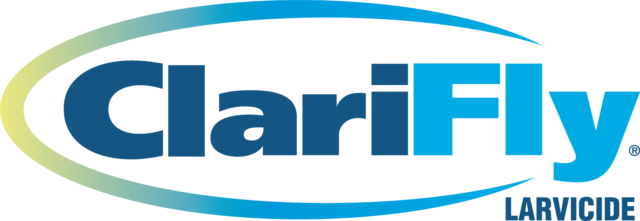The main sources of amino acids are:
- Rumen degradable protein (RDP): protein that is broken down in the rumen and is needed to feed the rumen microbes to make microbial protein
- Rumen undegradable protein (RUP) or bypass protein: the protein that does not get digested in the rumen making the amino acids directly available to the cow in the small intestine
The key is to balance enough degradable protein with fermentable carbohydrates (starch, sugar and soluble fiber) in the rumen to maximize the efficiency of microbial protein synthesis along with adequate bypass protein. Overfeeding too much of either could have negative affects on production and your bottom line. Cows may end up wasting protein through nitrogen excretion. Finding the right balance of RDP and RUP will allow for protein to be fed more efficiently and be able to feed less total protein in the diet.
Early lactation and high producing dairy cows have a greater demand for amino acids, and they can’t synthesize enough microbial protein to meet the demands of lactation. Bypass protein can help to bridge what rumen microbes can’t produce naturally.
Bypass protein
Here are some sources of bypass proteins:
- Animal proteins such as blood meal and fish meal
- Plant-sourced proteins chemically or heat treated to become less degradable in the rumen and be comparable to animal protein sources
- Amino acids that are modified or protected so they are not susceptible to degradation in the rumen
Blood meal is a common bypass protein used in rations. It is a good source of lysine, one of the 10 essential amino acids needed for high milk production, but it is known for its inconsistency in lysine levels and other amino acid availability, as well as having palatability issues and variable costs. This makes balancing a ration with blood meal misleading, because we don’t know what the cow is actually taking in.
Use of feed additives
Specialty feed additives can also be an option to help overcome some of the shortfalls of other sources of bypass proteins. Here are a couple options for consideration:
- Rumen modifiers can serve as an alternative to more common sources of bypass protein. Rumen modifiers can slow protein degradation in the rumen and shift degradable protein to undegradable protein. They work by slowing the protein enzymes of specific rumen microbes and allowing more protein to escape the rumen as RUP and be digested in the small intestine, therefore, providing more amino acids to the cow.
It enables producers to feed more of an economical, rumen-degradable source of protein and provide a consistent alternative to more expensive and inconsistent bypass protein sources. By reducing the amount of bypass protein sources in the ration, and adding more affordable degradable sources of protein along with fermentable carbohydrates, you can increase income over feed costs without giving up milk production or component quality.
- Other feed additives, such as buffers (sodium bicarbonate and magnesium oxide), yeast cultures or other yeast-based products, can help minimize the reduction in rumen pH levels. They work to provide a stable rumen environment for optimal rumen digestion and absorption of nutrients needed to meet the high demands of production and allow the rumen microbes to function at their best.
Nutritionists have options to help achieve the optimal balance of protein in the ration while managing feed costs. Monitoring your cows will be key in balancing protein.
Overdo RUP or RDP, and you’ll be off balance
If rumen microbes are not able to capture all the ammonia in the rumen to convert it to microbial protein from protein degradation in the rumen, or if there is not enough fermentable carbohydrates available in the rumen to use the ammonia, excess ammonia will be absorbed in the rumen and transported to the liver to be converted into urea. This excess nitrogen as urea will be excreted into the environment. This is an energy loss to the cow and may decrease their reproductive performance.
Observing milk urea nitrogen (MUN) levels is a way to measure efficiency of microbial protein synthesis in the rumen and if there is a right balance of protein in the ration. Consistent monitoring of MUN is an easy tool to see the variation of changes in the rumen and if the balance of protein is off in the diet. Here’s the general rule for monitoring MUN:
- Low MUNs (less than 8 milligrams per deciliter) can indicate there may be a protein deficiency in the diet
- High MUNs (more than 14 milligrams per deciliter) can indicate an excess or an imbalance of protein as well as an imbalance of energy and fermentable carbohydrates
Balancing rations can be an ongoing battle between cutting costs and increasing profits. Adding rumen modifiers to reduce protein degradation in the rumen will allow for a more economical source of protein to be fed to lower ration costs and maintain production, along with using buffers and yeast-based products to allow for optimal rumen function and performance. Be sure to consult with your nutritionist to review the options for getting the most out of the protein in your rations. ![]()

-
Colleen Chapman
- Dairy Nutrition Specialist
- Provimi
- Email Colleen Chapman





